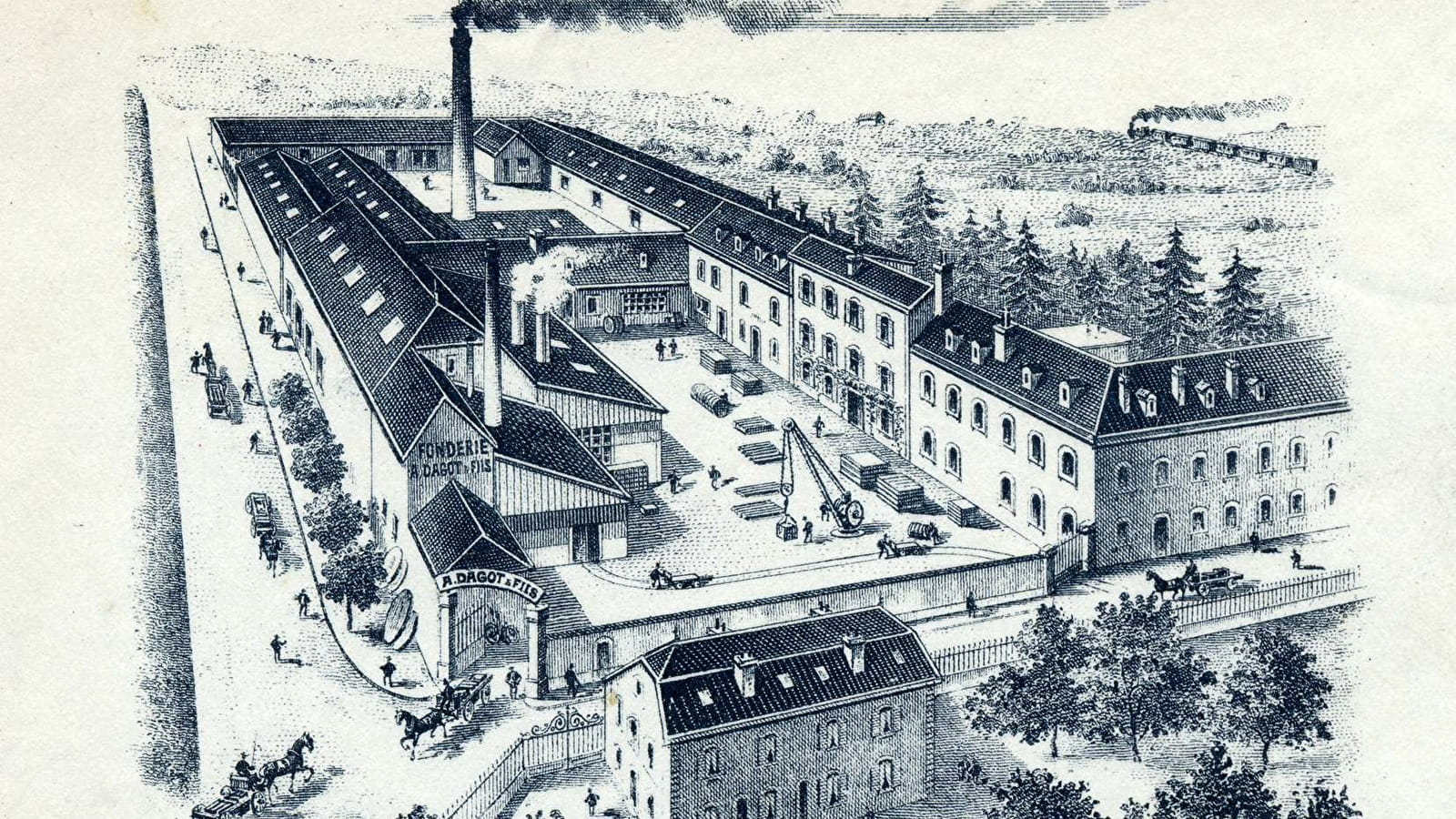
La fonderie entrepots Anthony
The building, built in 1729 by Jean-Baptiste Anthony (1690-1760) to serve, taking advantage of commercial navigation on the Saône, as a grain and wine counter (3,600 m2 of floor space), has marked the life of Arc-lès-Gray in various ways: it was the seed of urban planning in this sector of the town and the precursor of the large trading houses that would later be established along the "chaussée d'Arc" and on the Villeneuve quay (built in 1822). The Anthony's were rich metalworkers from Vienne in the Dauphiné. They bought the seigneury of La Folie - the eastern part of the commune of Arc-lès-Gray bounded by the Saône and the Ecoulottes - and settled permanently in Burgundy Franche Comté (Jean-Baptiste Anthony leased the forges of Seveux and Baignes; he was the head of the grain and wine trade in Arc-les-Gray; his two sons, merchants like him, were appointed secretary to the king at the parliament of Besançon; several members of his descendants were at the head of important forges in Franche Comté: La Branleure, Echalonge...; they were postmasters at Arc-lès-Gray; they owned part of the Clos-Vougeot vineyard; most of the warehouses established along the Villeneuve quay at the time of its creation bear Anthony's name). The building was divided on 26 Vendémiaire, Year V, into three lots acquired respectively by Aimé Riche, François Coustet and Denis Degrand. The third lot, bought in 1882 by Louis Rossignot, creator of agricultural machinery, was passed on in 1889 to Alphonse Dagot, author of the "Dagot foundry". This foundry operated until 1973, working for local industries and the Parisian market, but also for Alstom in Belfort.
Brochures Bourgogne Tourisme
Consult our brochures online or order them to receive at home



